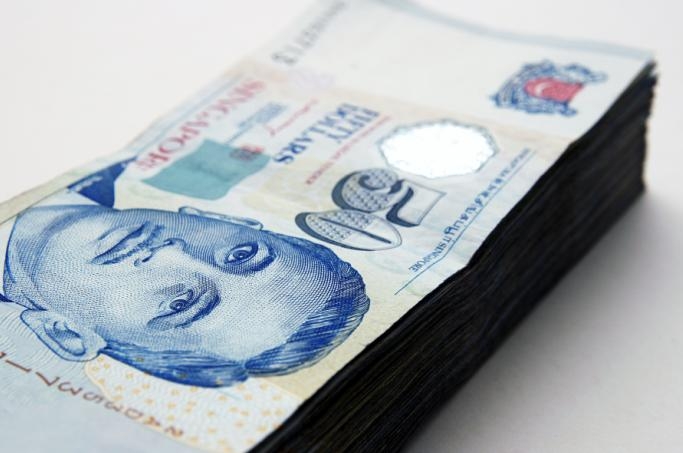
Singapore dollar starts week on softer note
Main concern for investors still remain around the debt burden in the eurozone, says IG Markets Singapore.
IG Markets Singapore said:
The Singapore Dollar started the week on a softer note, as Monday’s theme of ‘risk off’ market sentiment hurt Asian and risk currencies across the board.
Main concern for investors still remain around the debt burden in the eurozone, with escalating Spanish bond yields a sign that there is still a lot of stress to come through the system in the Iberian peninsula. As local governments there turn to central government for assistance the likelihood of a full-blown bailout for Spain increases by the day.
News that Greece is struggling to adhere to the agreed terms of its bailout just adds more weight to the argument that crunch time for this crisis is at last just around the corner.
Having moved to 1.26 handle against the greenback at the start of the month, the SGD has consolidated around that level well in July.
For the technical analysts out there we saw the 1.26 working as a support level in the first half of July. Now, having successfully broken through that level in the second half of the month, we are likely to see it being used as a resistance level should the down trend continue.
That said we are certainly in the hands of the macro headwinds out of Europe and slowing global growth, with the main focus in that respect the rate of growth for the Chinese economy. PMI data today from China and then from Europe is likely to guide today’s price action, along with any fresh headlines concerning Spanish or Greek debt issues.
DBS Group Research meanwhile noted:
EUR/USD is, day by day, edging lower and lower, closer and closer, towards its psychological 1.20 level. Geographically, the Eurozone crisis is threatening to eventually engulf the whole region.
Greece and Ireland were the first to be hit in 2010, followed by Portugal in 2011 and Spain in 2012. Italy is expected to ask for aid next. Greece agreed to a second bailout in 2011, with Portugal likely to do the same this year. Spain and Italy are eventually expected to seek full bailouts. In an unprecedented move, the yield on the 3Y Spanish government bond surged to 7.289% from 6.034% in just two-days.
Against this background, Moody’s concluded that the stronger EU economies will bear the burden of helping its weaker peers. Hence, Moody’s downgraded the sovereign debt outlooks for Germany, Netherlands and Luxembourg to negative from stable.
Moody’s reckoned the odds of Greece exiting the euro has “increased markedly”, but is not yet willing to call this a forgone conclusion. The urgency to resolve the crisis was best summarized by US Treasury Secretary Timothy Geithner’s comment during his PBS interview yesterday – it will be harder for Europe to solve its crisis if it is on “the edge of the abyss”.
Global growth worries returned strongly, hurting commodities and commodity currencies. For example, crude oil prices (Nymex) fell by cumulative 5% in the past couple of days. AUD/USD is moving lower towards parity again, while USD/CAD has started moving higher and away from its 1.00 level. NZD/USD is below 0.80 again.
As long as growth worries exceed inflation concerns in the world economy, we reckoned that the Singapore dollar should be in the lower half of its trade-weighted policy band. Put simply, USD/SGD should be above its mid-band last located around 1.2635 this morning.
























 Advertise
Advertise






